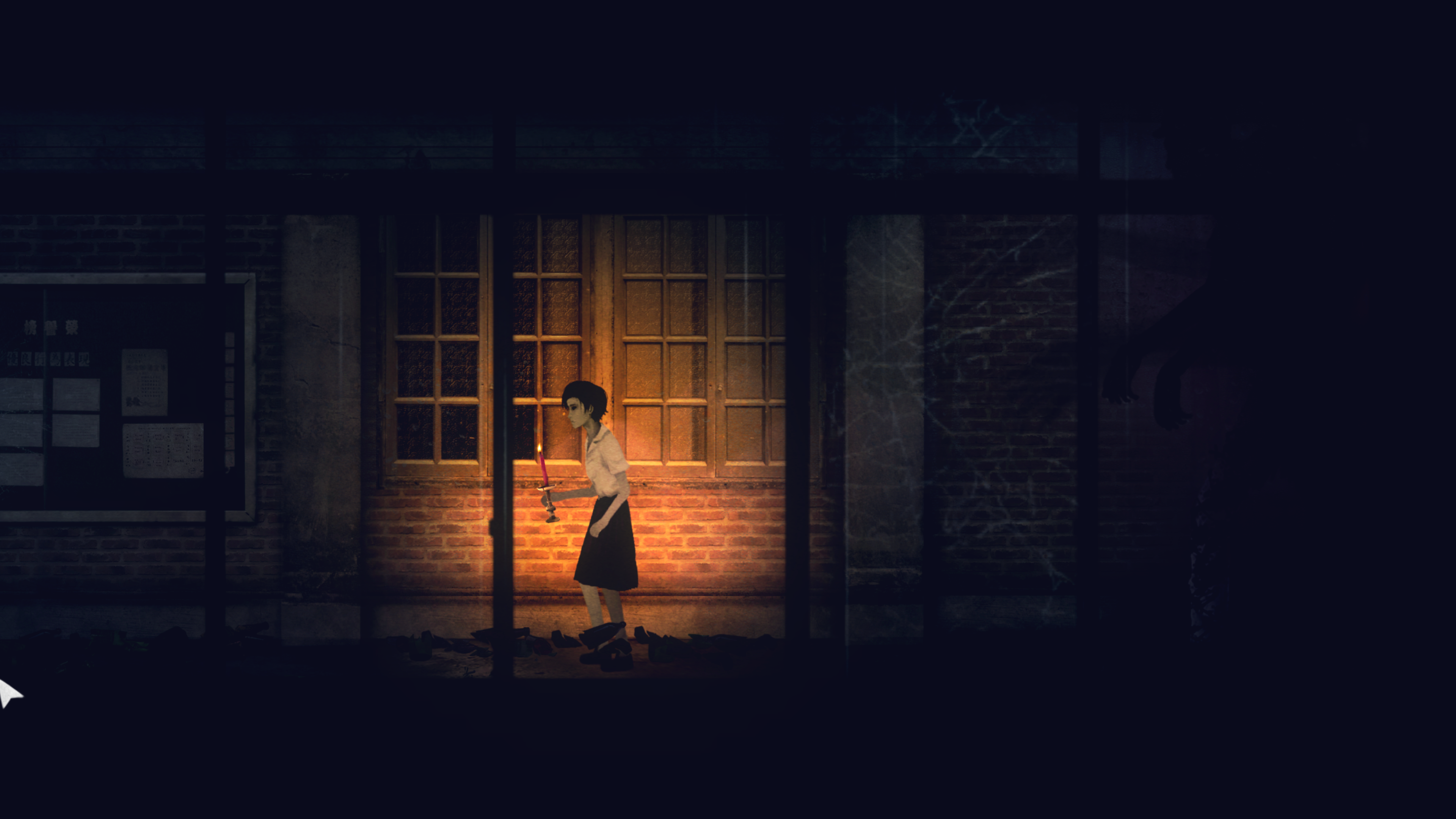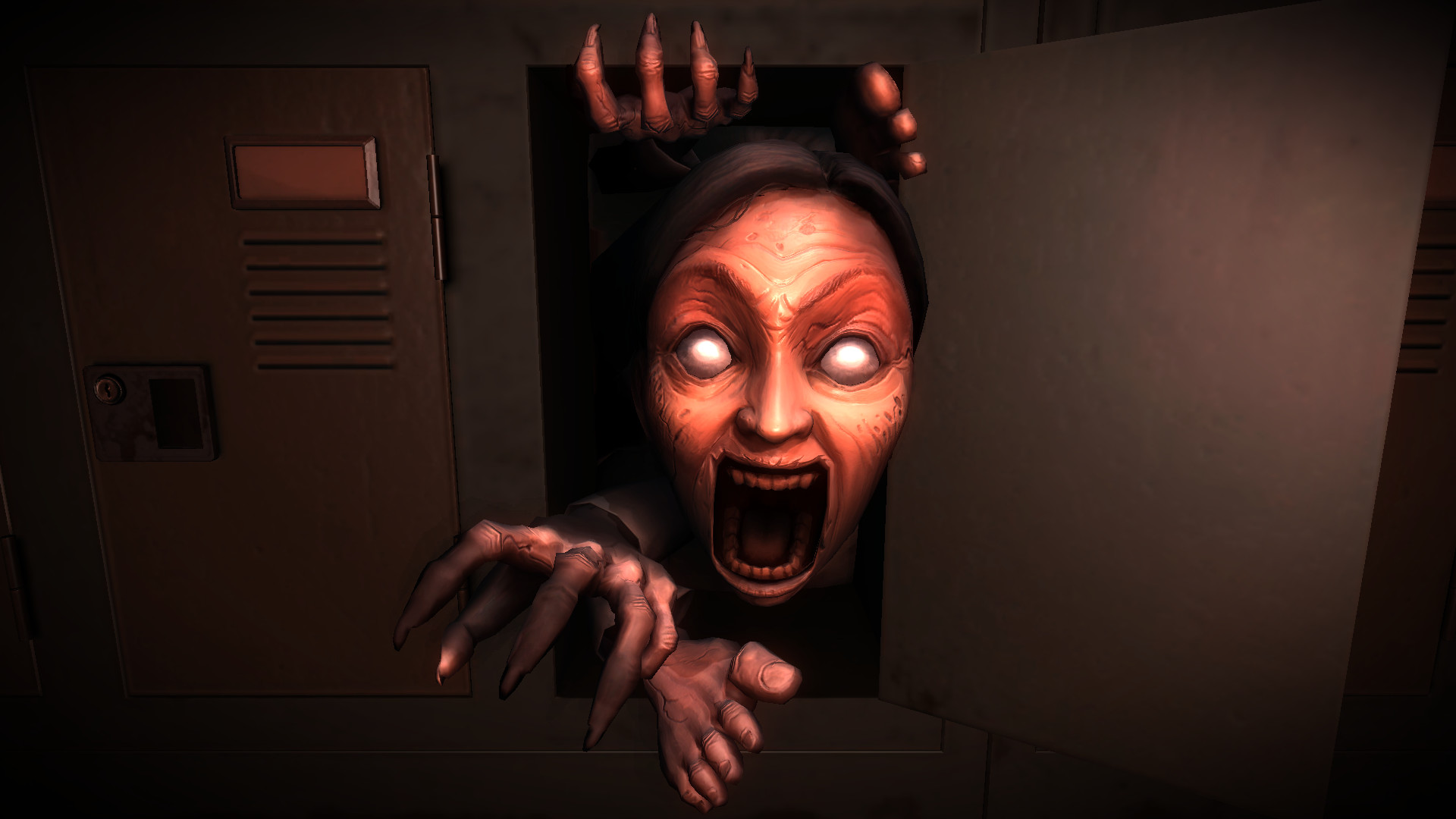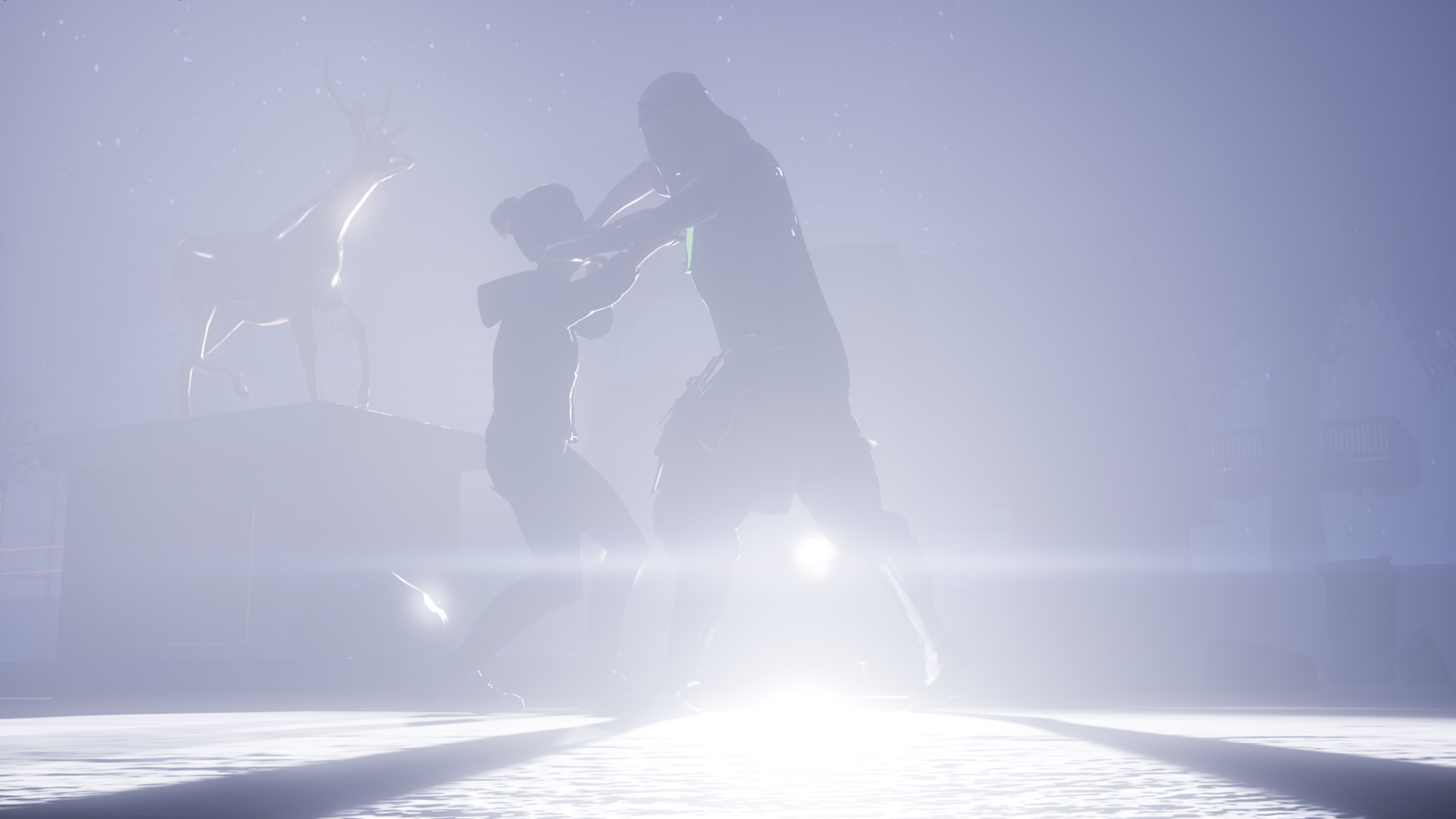Why schools in horror games are so creepy
Movies from Carrie to Ginger Snaps have exploited the potential for school to be scary, and so have games.

Taiwanese game Detention begins in a school, with a student who's fallen asleep in class. It's a straightforward and relatable scenario. Then that student wakes up, alone but for one other student asleep in the auditorium, during the start of a supernatural typhoon. The colors are muted and dark, and everything's in shadows.
This is 1960s Taiwan, and as the game goes on the school changes. It becomes a corpse-filled world entrenched in horror and history during Taiwan's "White Terror," a 38-year-long period of martial law.
Detention is not the only game to explore the potential for schools to be spooky. They've appeared in the likes of Danganronpa, Silent Hill, Obscure, The Secret World, White Day: A Labyrinth Named School, Last Year: The Nightmare, and plenty more.
Each of these games take something that's familiar—a place that's formative in complex ways for many of us. In theory a school is a place for learning, a place where we should feel safe. But the reality is that school is often not that for many people. Horrors of the reality include bullying and violence, which videogames play off.
In Detention, the supernatural elements are built on the real history of Taiwan, and the story and the horror are embedded in that history. Red Candle Games uses the White Terror period, where academics were prosecuted "for fear that they might be communist sympathizers or resist Nationalist rule," according to the Taipei Times, to show that schools became places where fear was common during the period. At the story's center are students and teachers, one smuggling banned books into the school for an illegal book club. The supernatural element only reinforces that historical horror.

White Day: A Labyrinth Named School similarly uses history to influence its horror. In this game, which is set in Korea and made by a Korean developer, the school was once a hospital during the Korean War—and naturally, it's now haunted. Meanwhile, Last Year: The Nightmare has a more traditional horror movie feel, pitting five teenagers against a single murderer. The twist? It's five actual players against one, which is why it's frequently called "asymmetrical horror." The act of being hunted through a school echoes memories of bullying and violence.
...due to how noisy and lively they are during the day, places meant for children have a deeply somber quality when they close for the night.
Jordan Thomas
The Blackout Club, by developer Question, is a mix of both approaches. It uses the history of an area for inspiration—this time the United States National Radio Quiet Zone, where cellular and radio transmission towers and other devices are discouraged—paired with a creepy setting and systems that encourage terror. The game takes place in a fictional town in Virginia called Redacre, a quiet suburb that doesn't even have internet access, but does have an eerie song that may be the reason the town's adults are acting like a cult. It's disconnected from the rest of the world in a way that's disconcerting, just far enough from reality, with horror lingering under the streets.
Keep up to date with the most important stories and the best deals, as picked by the PC Gamer team.
There isn't strictly speaking a school in The Blackout Club, but the daycare facility in town serves a similar purpose, as developer Jordan Thomas tells me. "A huge area that we added at the end of early access is the Old Growth Daycare facility, where you can see the subtle manipulation of children that the adults—who would insist that they are not a cult—put them through, from quite early in their lives," Thomas says. "Secret doors in the basement. Vents to the The Song pipe into their brains during naptime. And so on."

Like in the other games, the setting is an important call-back to the core themes, a way of enhancing the spookiness of The Blackout Club's world. "We chose it mainly because of the complicated relationship with innocence that our antagonist has," Thomas says. "Rather than being purely predatory, it wants to make all of us truly, perfectly innocent again. And due to how noisy and lively they are during the day, places meant for children have a deeply somber quality when they close for the night."
Old Growth Daycare is a symbol of that innocence being twisted, the idea that history and horror are lurking in the spaces we know very well, the spaces we inhabit every day. And that's a spooky idea in itself—that something's hiding just underneath your everyday. For a lot of kids and teens, the school is that everyday place, as ubiquitous in your life as your bedroom, but scary in a way no adult will understand.
"It is their own neighborhood, the kind of backyard menace you feel sneaking around your own neighborhood in the dead of night for the first time," Thomas says. "All the adults are sleepwalking at night, controlled by a mysterious, pre-musical song from beneath the streets. So their distrust of adults is justified, the children are the sane ones."

